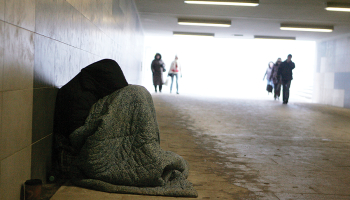
Ilustratīvs attēls no pixabay.com
Need a break from banks and bankers? Then take a look at some graphs here!
In the fourth quarter of 2017 Latvia, to rather little fanfare, finally clawed back the GDP it lost in the financial crisis. Prior to the crisis, the Latvian economy peaked in third quarter of 2007 (as the first of the EU economies), bottomed out in the third quarter of 2010 with GDP down an accumulated 23%, then resumed growth and then, in the fourth quarter of 2017, reached its level of Q3 2007. Ten years (and one quarter) later.
Ten lost years?
Yes and no (as is always the answer in economics…) – one can argue that the level of economic activity in 2007 was unsustainably high with unemployment pushed to never-again-seen low levels and some of the activity was, with hindsight, crazy construction.
Then again, the numbers don’t lie – Figure 1 tells the story for the Baltics and the EU. Latvia was hit harder and longer than its two Baltic neighbours and has taken longer to recover lost territory – the result of a bigger boom in credit, real estate and pro-cyclical fiscal policy prior to the crisis.













